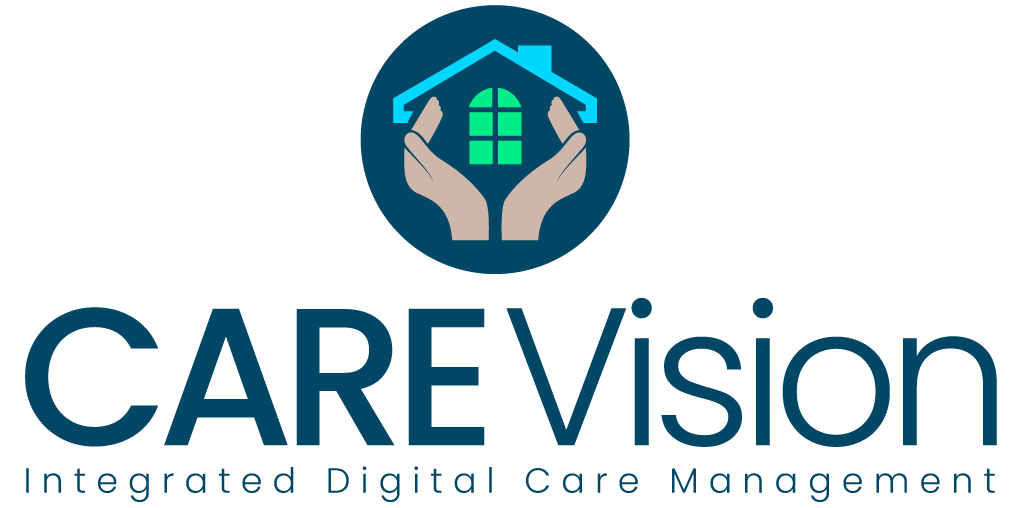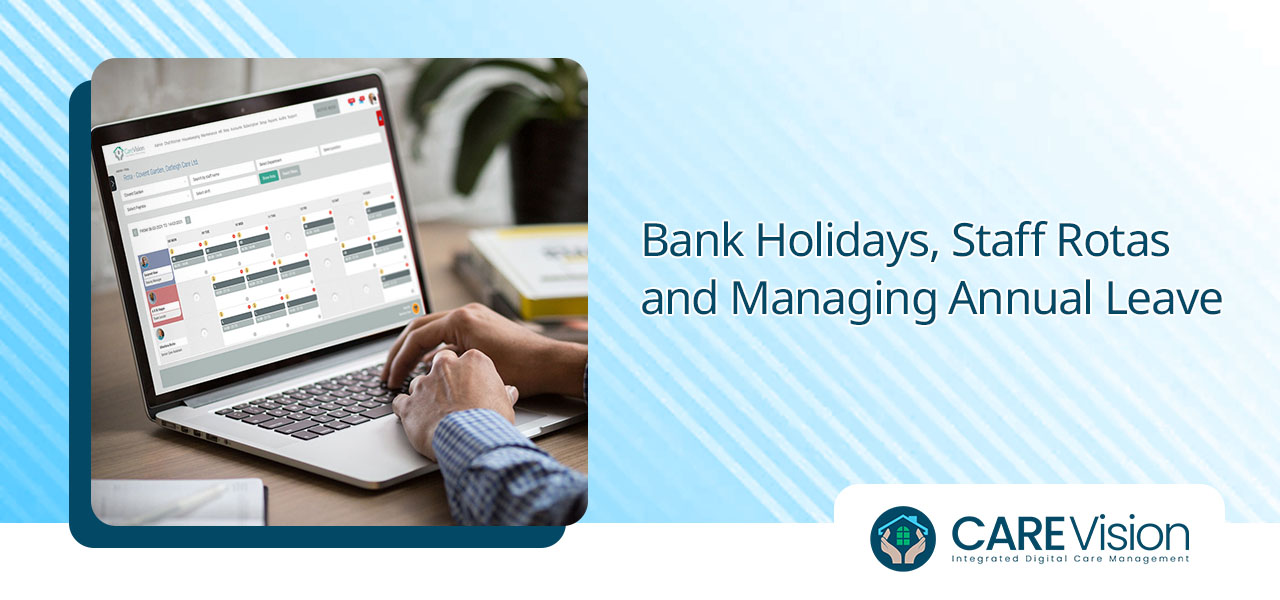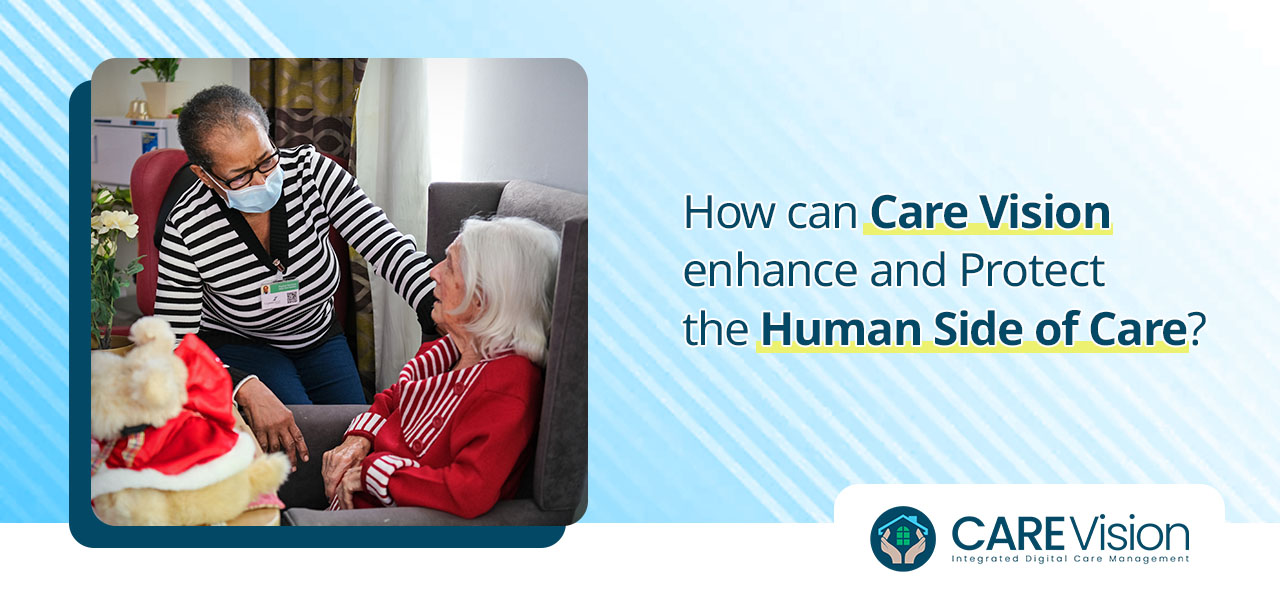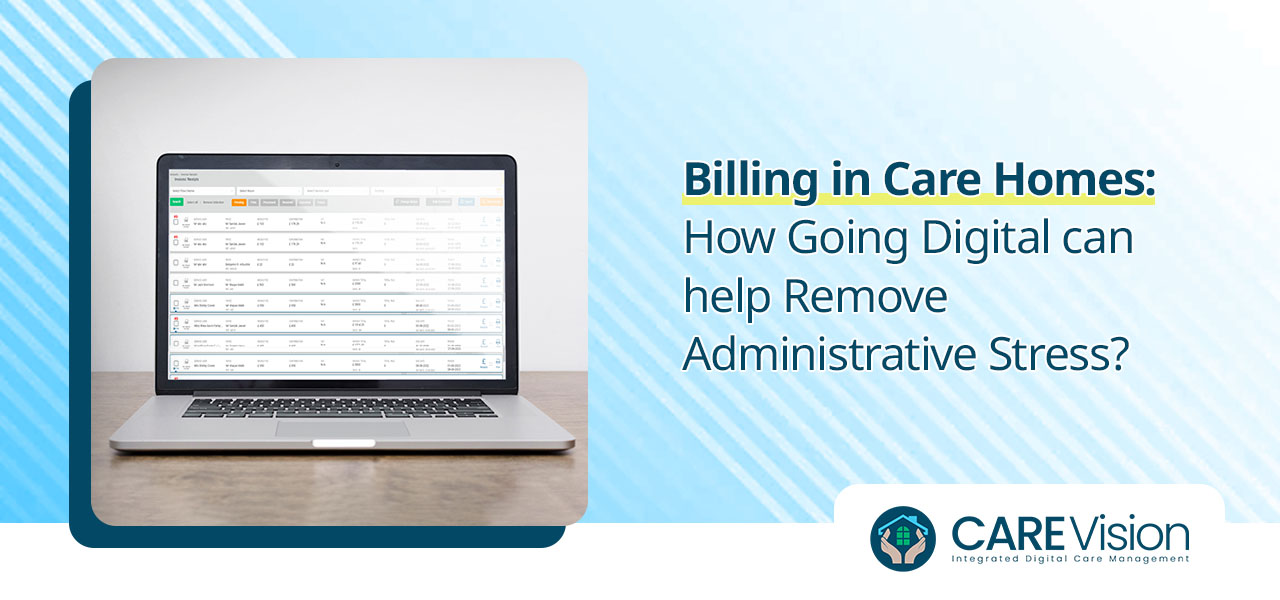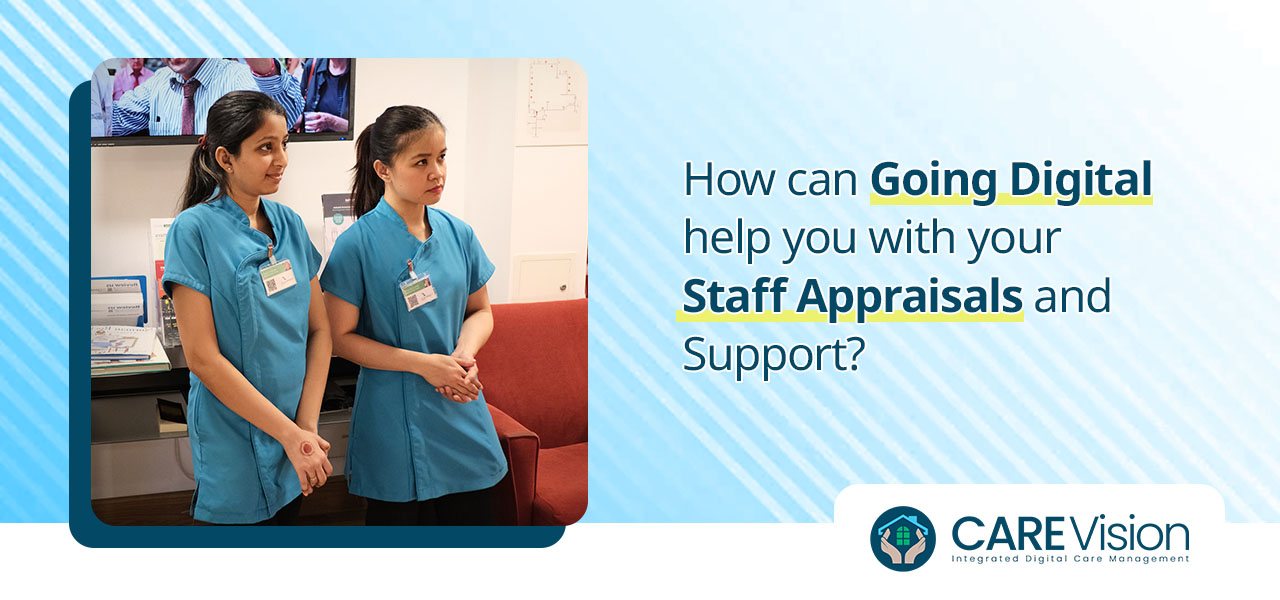In an age where pretty much everything is going digital, it makes a lot of sense to trust technology to assist with dispensing the right medication to care home residents too. After all, done correctly, it removes many of the human error factors that lead to the wrong medicine being given, or incorrect dosages. It enables accurate, real-time updates and records to be kept. Importantly, it also allows changes to prescriptions and treatments to be noted in the same place as main medication information, which provides a fuller picture of a person’s medical requirements.
What is e-mar?
E-mar stands for electronic medication administration record. It does exactly that – keeps a digital record of the name of medications administered to a resident, as well as their format (tablets, inhaler, injection…), dosage and frequency. This is vital information for many reasons, not least as an accurate, up-to-date medical record if the person becomes unwell and in need of emergency treatment. Vital details, such as contact information, medical history and complications, current medications and date of birth are also included on the person’s individual entry.
E-mar replaces, or supplements, the need for paper-based medication administration records, which can go missing, get damaged or be hard to read. The e-mar digital system is easy to update and data is safely stored in accordance with GDPR and patient confidentiality compliance. E-mar does not, however, replace a standard drug chart, as it is completed, checked and signed after the medication has been administered, not before. It is intended to be used alongside a drugs chart to ensure that the correct type and amount of medication is given and recorded.
As well as offering a straightforward way to record medications, an e-mar system makes it is simple for a carer or other medical specialist to draw reports and check previous treatments and prescriptions. Notes about the patient can also be added, including changes in behaviour or mood, medication side-effects and new or returning symptoms. Relevant comments, questions and feedback provided by the person, their family and wider medical team can also be inserted to give a fully comprehensive picture. The system can be set to give alerts when it is time to give medication, or when a review of the treatment plan is due.
An e-mar fits seamlessly into a wider digital care management system. This helps support other care home logistics, such as medication inventories and re-ordering, month-end reporting, medication training needs and staff time management. All of these vital functions help keep residents’ medication programmes on track. E-mar systems also support care homes to work more efficiently with pharmacies, GP surgeries, external therapists and hospitals.
More reasons to switch to e-mar
As well as the benefits listed above, an e-mar system helps improve care home efficiency, speeding up medication administration without compromising on accuracy or patient care. It is easy to use and update, so carers can get started on it with very simple initial training. This can also help carers whose English may be limited to double check medication names and dosages on the screen and administer medication with confidence.
Furthermore, anyone needing to see information relating to a patient’s medication can do so from anywhere, thanks to the system’s remote accessibility. Having said that, confidential data is securely held so that only those who are authorised to see it can do so. This enables discreet, remote consultations to take place and hopefully leads to fewer delays between a medication change being requested and the details being added to the patient’s notes. If records are needed in a different format, reports can be printed and posted or handed to other parties involved in the patient’s care. Other e-mar functions can include hand-held scanners for inputting prescription details direct from the source, to save time and avoid errors in copying the information across. Real-time status tracking prevents prescriptions and new medications from falling through the cracks and not getting requested or provided in time. Barcode technology adds a layer of security and accuracy here as well. Finally, having access to a person’s full medical history at the touch of a screen also means that incompatible medications can be avoided, along with some potentially nasty side-effects.
